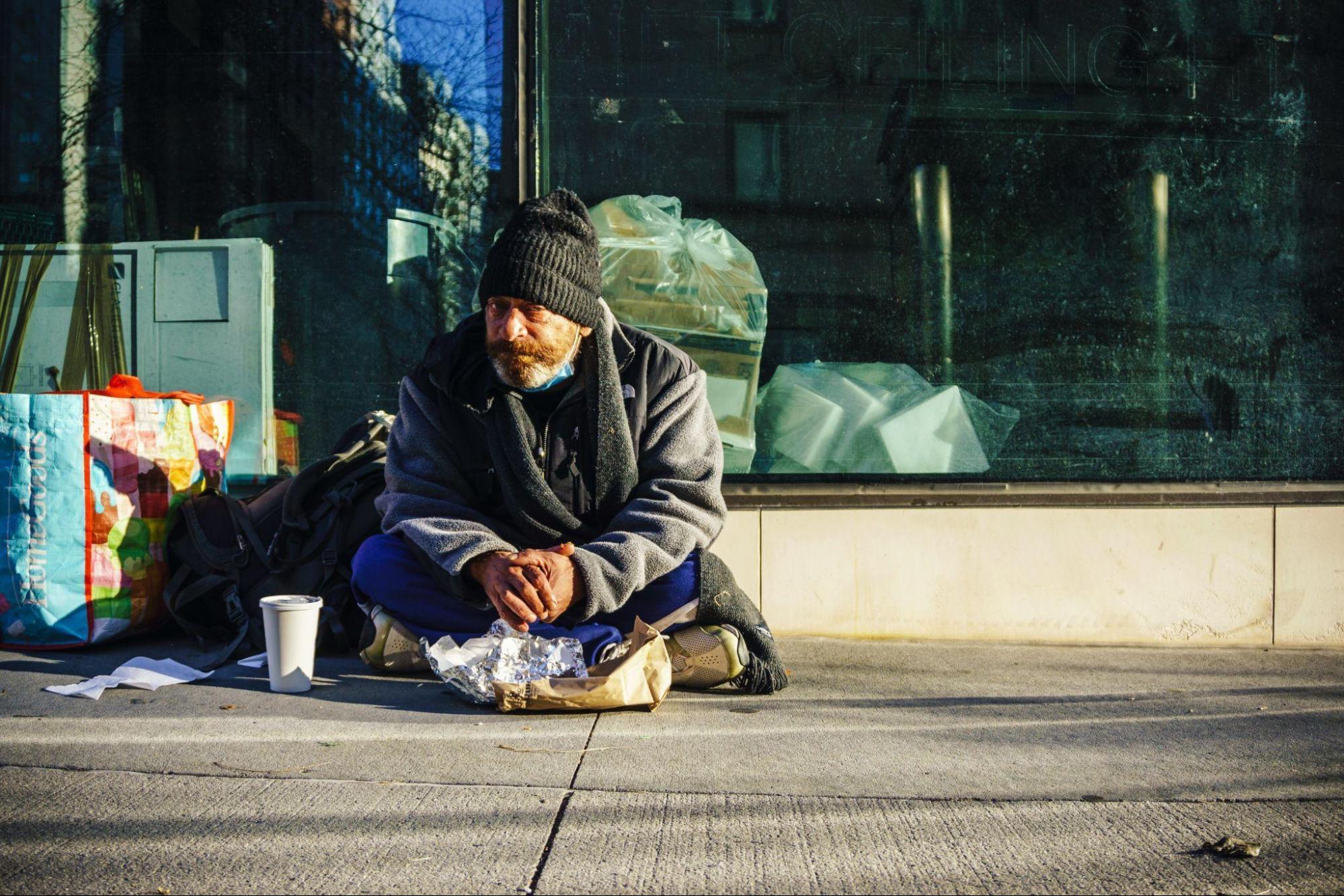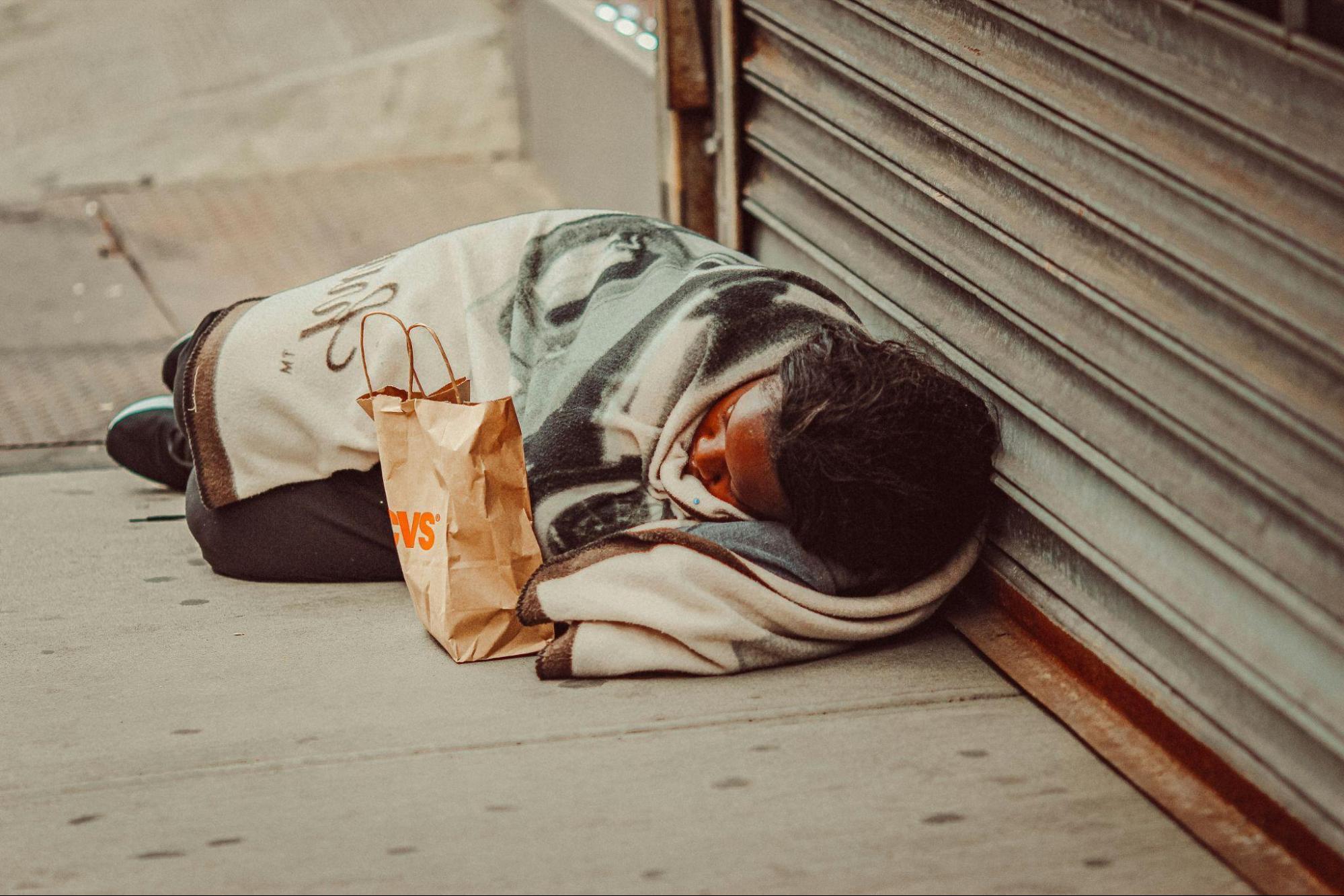Policymakers often focus on housing, but experts like Dr. Roger Starner Jones, Jr., MD, of Tennessee, argue that real solutions must include mental health and addiction treatment.
Many politicians, advocates, and media news stories frame the homelessness crisis as primarily a housing shortage. But real progress begins when we recognize that stability alone isn’t enough. True, long-term recovery depends on robust mental health and addiction treatment. Without them, even a person given four walls often slips back into crisis.

Photo Credit: Clay LeConey | Unsplash
Why Housing Isn’t the Complete Answer
The Housing First model has gained popularity because of its compassionate philosophy: provide stable housing without preconditions, then wrap services like counseling and medical support around it. Studies have found Housing First leads to quicker exits from homelessness and greater housing stability.
But even the strongest supporters admit severe limitations in recovery outcomes—housing doesn’t reliably cure addiction or mental illness.
In fact, some critics argue that housing-first programs with weak treatment components run the risk of delivering “housing-and-nothing-else.” That gap is where too many people fall through the cracks.
A comprehensive review showed that Housing First participants had fewer hospitalizations and emergency visits than people in traditional programs. But the improvement in substance use or psychiatric symptoms is often modest when treatment isn’t deeply embedded. That means housing without treatment is like giving someone a key to a car but no engine—the result: stalled recovery and recurring crisis.
Dr. Roger Starner Jones, MD: Housing + Structured Care
Dr. Roger Starner Jones, Jr., MD, an addiction recovery physician in Nashville, Tenneessee, argues for a treatment-centered reconceptualization of homelessness.
“This isn’t about punishment,” he says. “It’s about giving people a real chance to get better.”
Dr. Jones proposes that inpatient and outpatient addiction care must be fully integrated with housing programs. He warns that giving someone a roof without a plan leaves them vulnerable.
“We dismantled the old system without building a viable replacement. We traded institutions for sidewalks,” says Starner Jones.
He doesn’t want a return to the old brutal psychiatric hospitals—but a modern, humane, medically informed option for those who can’t function without support.
In Dr. Jones’s view, treatment must drive housing, not the other way around. A person should be stabilized in medically supported environments, with housing and social services as the foundation of ongoing care.

Photo Credit: Clay LeConey | Unsplash
Success Stories and Alternatives from the Field
To get beyond theory, here are examples of programs that actually embed treatment deep into their design:
Mobile Treatment and Street Medicine Outreach
Cities like Portland are deploying mobile substance treatment units that bring care directly to people living outdoors, which is essential when transportation or trust is a barrier to accessing clinics. There are also street medicine programs that integrate medical care, addiction treatment, and housing linkage in outreach.
These programs show that placing medical care at the intersection of housing and street outreach can yield meaningful engagement.
Multi-Year Residential Recovery
TROSA (Triangle Residential Options for Substance Abusers) is a long-term residential program combining addiction treatment, vocational training, education, and transitional housing over multiple years.
Because participants stay in a supportive community environment over long stretches, outcomes in stability and employment tend to surpass programs that rush people through treatment.
Assertive Community Treatment in Housing First
Some advanced Housing First models include Assertive Community Treatment (ACT) teams, which consist of social workers, nurses, psychiatrists, and addiction counselors who engage clients daily in their housing units. That coupling of treatment and housing has shown greater benefits in both housing retention and medical outcomes than housing alone.
Barriers To Overcome
Even the best ideas to solve the homelessness crisis run into systemic friction. Here’s a list of some of the ongoing challenges:
- Funding silos: Housing budgets rarely cross with health or behavioral health budgets.
- Workforce shortages: Many communities lack addiction psychiatrists, therapists, and case managers.
- Stigma and policy resistance: Some policymakers resist any mandate tying housing to treatment.
- Program design gaps: Too many programs require abstinence or perfect compliance before providing help, creating barriers for those who need care most.
But if we accept that treatment is as essential as housing, we can redesign systems rather than patching them.
What a Better Model Could Look Like
Imagine a community where:
- Every person entering homelessness receives a rapid behavioral health assessment.
- Integrated housing programs embed clinical teams on-site.
- Assertive outreach ensures no one misses follow-up appointments.
- Treatment agencies and shelters share data and care plans.
- Housing support continues after stabilization to prevent relapse.
In such a system, the homelessness crisis becomes not just a housing problem—but a healthcare challenge treated proactively. Dr. Roger Starner Jones, Jr., MD says, “We can build housing—and safe housing—but if we don’t heal the person inside, we’ll keep seeing them back on the streets.”
The Homelessness Crisis: A Moral and Public Imperative
Framing homelessness as only a housing crisis misleads both the public and policymakers. It places blame on structures and ignores human suffering. True reform stems from acknowledging that many without homes need treatment, not just housing.
When communities invest solely in buildings, they neglect the brain, the trauma, the addiction, and the mental illness hidden inside each person. Taxpayers bear the costs of ER visits, incarceration, law enforcement standoffs, and psychiatric crises.
But when they invest in behavioral health concurrently, outcomes shift. Lives stabilize. Costs decline. Communities heal.
